Each car is a rather complex unit, in the design of which a lot of moving parts and confused mechanisms are used. During their operation, the process of friction of metal parts takes place, which systematically wear out. To increase the service life, a special lubricant is used, which forms an oily layer on the surface of the parts, reduces friction and wear. However, it is important to understand that there is more than just oil among the fluids in a car. Moreover, it is used not only inside its internal combustion engine, but also in many other components.
Motor oil
- where is: in the engine;
- how often is it checked: automatically by vehicle sensors, manually using sensors and / or a probe at least once a month;
- how often does it change: according to the manufacturer’s regulations, usually every 15 thousand kilometers, but more often;
- how it changes: on official or unofficial services.
Immediately after purchasing your first car, you need to take personal control over the frequency of replacing engine oil in it, which is gradually losing its properties. In new models, manufacturers usually recommend doing this every 15 thousand kilometers or once a year if the vehicle has not driven a similar distance. While the car is under warranty, many usually do this – in the future, they reduce the replacement frequency to 10 thousand kilometers. Moreover, some motorists reduce this gap to 7.5 and even 5 thousand kilometers – especially on “bloated” turbocharged engines. On official services it is more expensive, but it will save the service history. On the unofficial, everything is exactly the opposite.
Transmission oil
- where is: in the gearbox;
- how often is it checked: if possible, at least once a month;
- how often does it change: according to the manufacturer’s regulations (usually every 80-160 thousand kilometers) or the experience of unofficial services;
- how it changes: on official or unofficial services.
The gearbox does a very difficult job. It redirects torque from the engine to the wheels of the vehicle, and an impressive number of mechanical parts are involved. However, the frequency of oil changes is much less frequent here – usually no more than 80-160 thousand kilometers. Moreover, some automakers claim that oil changes in their gearboxes do not need to be changed at all. Nevertheless, as observations show, all these companies would be very happy if every vehicle was sent for recycling after 5 years of operation. To increase this period, the oil must be changed here too. It also systematically loses its properties and increases the load on the corresponding node.
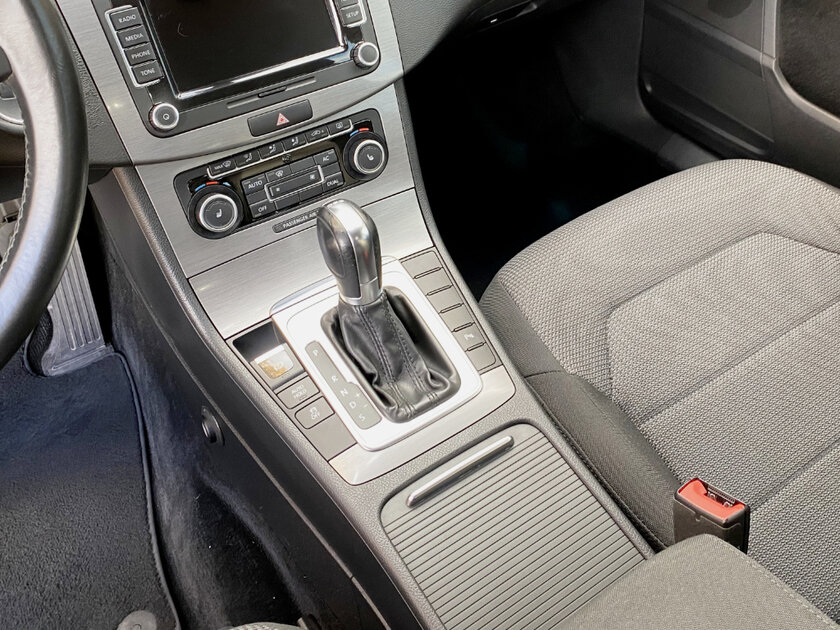
Oil in handout
- where is: in the all-wheel drive system;
- how often is it checked: when replacing;
- how often does it change: better at least once every 50-100 thousand kilometers;
- how it changes: on official or unofficial services.
If your car has an all-wheel drive system, it is important to understand that it also needs periodic maintenance. Its regularity depends on the load on a given node. If the vehicle is operated in a gentle mode, does not experience severe loads on a flat surface and does not drive off-road, this can be done less often. In the opposite situation – more often. It is advisable to change the oil in the distributor at least once every 100 thousand kilometers. However, you need to consider each model separately, consult with experts and consider specific cars individually.
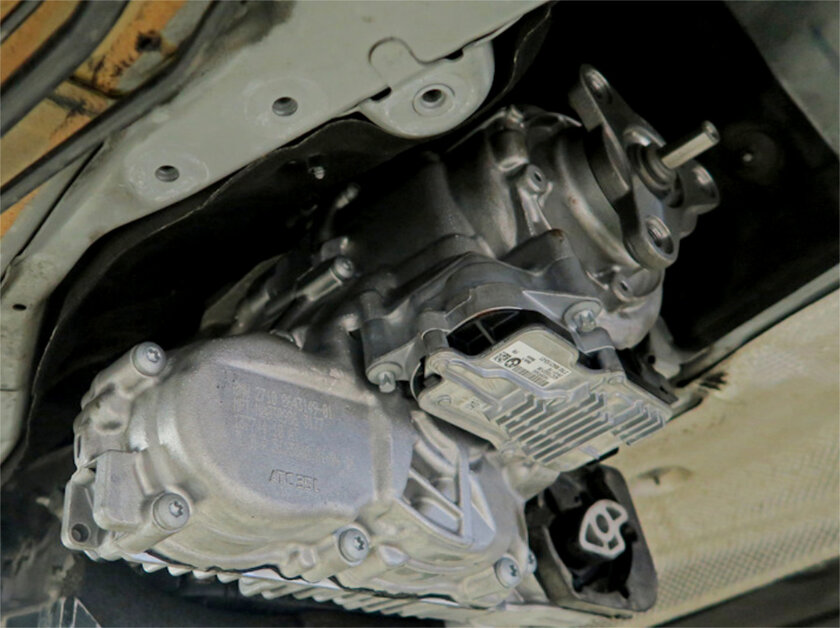
Coolant
- where is: inside the radiator;
- how often is it checked: every time the hood is opened;
- how often does it change: completely once every 2-3 years;
- how it changes: added independently, changed in official or unofficial services.
Coolant is also called antifreeze. As the name implies, it is needed in order to lower the temperature of the engine and avoid overheating. The coolant is located in the radiator and is poured using a special tank called an expansion tank. It has a mark on the required level, which should be maintained – add antifreeze if there is too little of it. You can only unscrew the expansion tank cap if the engine is cold and the car is not running. If the level drops too quickly, it indicates that there is a leak in the system. It must be eliminated without fail. It is also important to periodically renew all the liquid entirely.
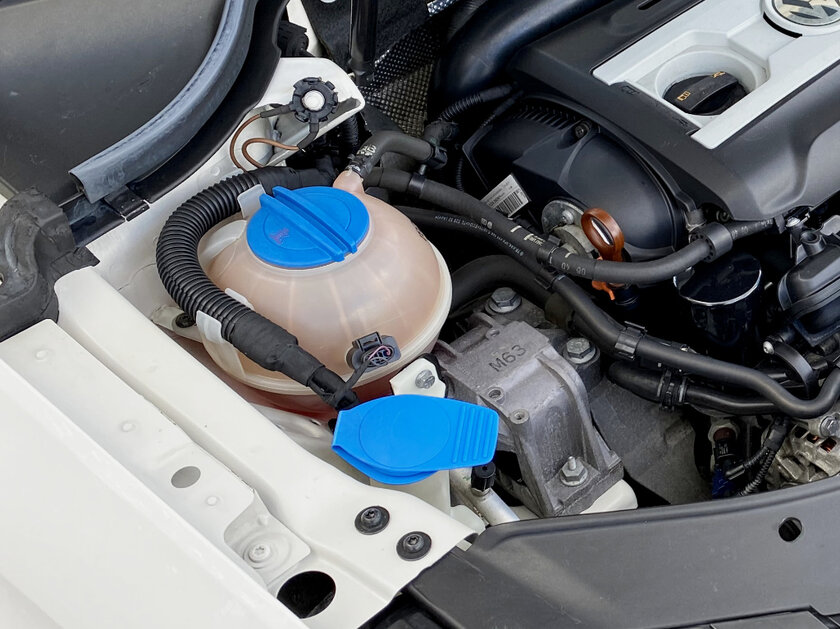
Brake fluid
- where is: in the brake system;
- how often is it checked: every time the engine oil is changed;
- how often does it change: once every 2 years;
- how it changes: on official or unofficial services.
Just like the transmission oil in the gearbox, the brake fluid is also contained within a closed system. That is why in no case should its level be allowed to fall too low. With active operation of the braking system, the temperature of the fluid inside it rises up to 160 and even 200 ° C. On the one hand, it is designed for similar conditions. On the other hand, due to the alcohol that it contains, it gradually attracts moisture from the air. The longer this happens, the more water appears in the brake fluid, and its boiling point gradually decreases. An excessive decrease in this indicator can be fraught with the formation of steam, which can be very dangerous on the road.
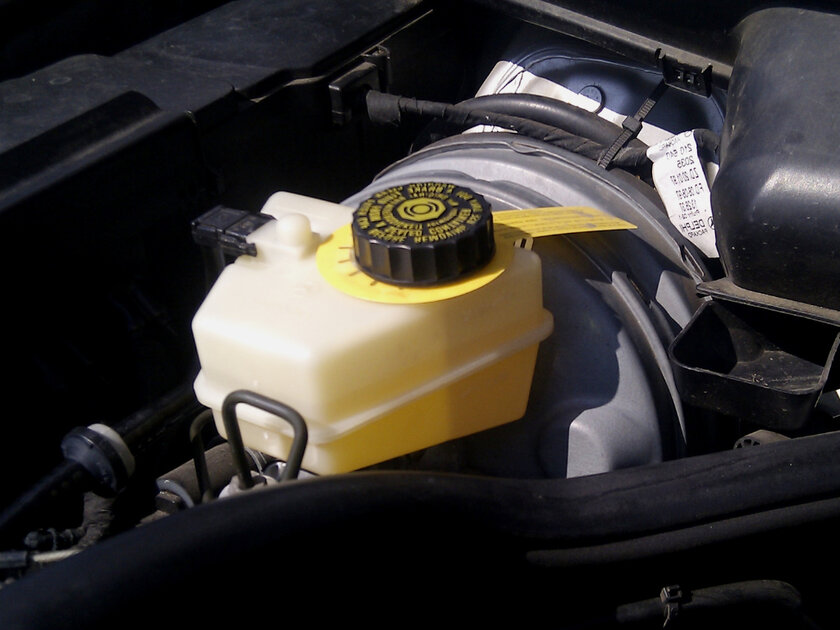
Power steering fluid
- where is: in the power steering;
- how often is it checked: if possible, at least once every few months;
- how often does it change: no more than once every 80 thousand kilometers or never for no particular reason;
- how it changes: on official or unofficial services.
Most modern vehicles use power steering, which makes turning the steering much easier. For the functioning of this system, a special fluid is also used. Before a mileage of 80 thousand kilometers, you usually do not need to change it. However, if squeaks or other extraneous sounds are clearly distinguishable while turning the steering wheel, this may become a reason for diagnostics, including the level of the power steering fluid. It is possible that a leak has formed somewhere, and it must be urgently repaired. Manufacturers often insist that the fluid in a given unit does not change at all.
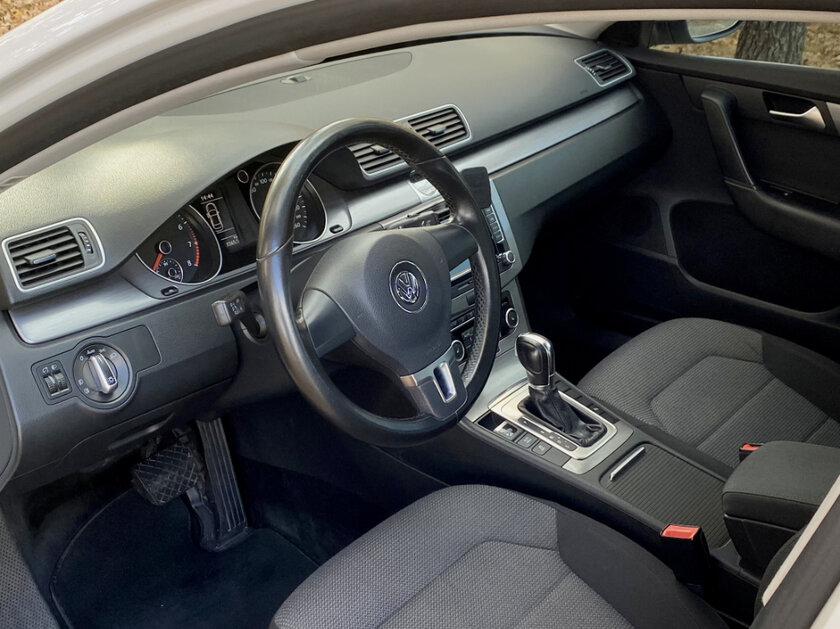
Freon
- where is: in the air conditioning system;
- how often is it checked: 1-2 times a year, preferably in spring and autumn;
- how often does it change: on new cars after 3 years, on used cars – every year;
- how it changes: on official or unofficial services.
Freon is a special liquid that is designed to operate the car’s air conditioning system. If it becomes insufficient, this node may fail altogether. However, usually there are simply problems with cooling and heating the air, which drives the air conditioner or climate control. It is best to service the corresponding system before its active use – on the eve of the summer and winter seasons. Nevertheless, if the car is new, the service station usually recommends not getting into this unit for at least three years. Further maintenance should be carried out regularly.
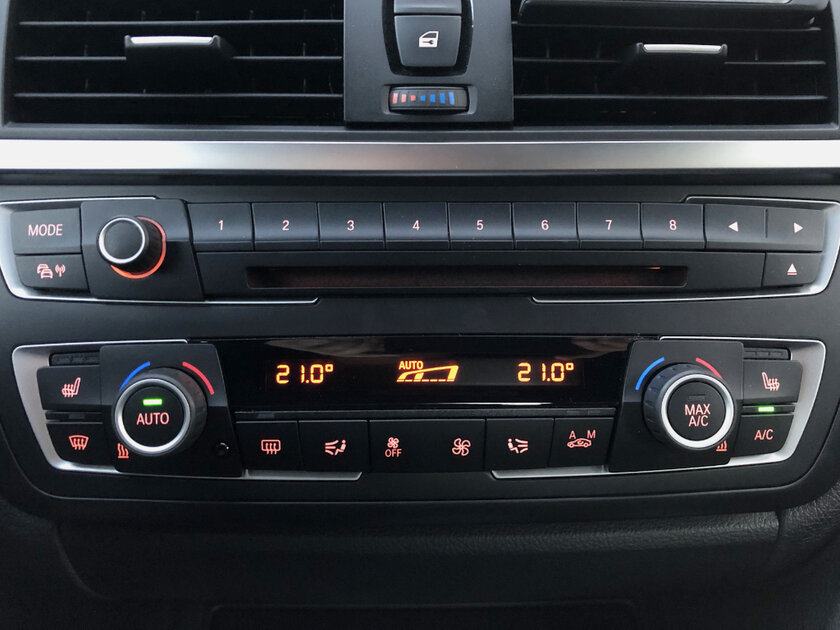
Washer fluid
- where is: in the washer reservoir;
- how often is it checked: automatically by vehicle sensors when running out;
- how often does it change: according to personal observations;
- how it changes: on one’s own.
To clean the windshield more efficiently, modern cars have a special system that is used in conjunction with wipers. The liquid must be topped up independently into a special tank, on the lid of which these same wipers are usually depicted. In the warm season, plain or distilled water is often poured here. In winter, you need to pour a special liquid here that does not freeze at low temperatures. If you leave water in a minus, it can simply block the supply paths, leaving the owner of the car unable to wash the glass, or rupture the entire system due to inevitable expansion.
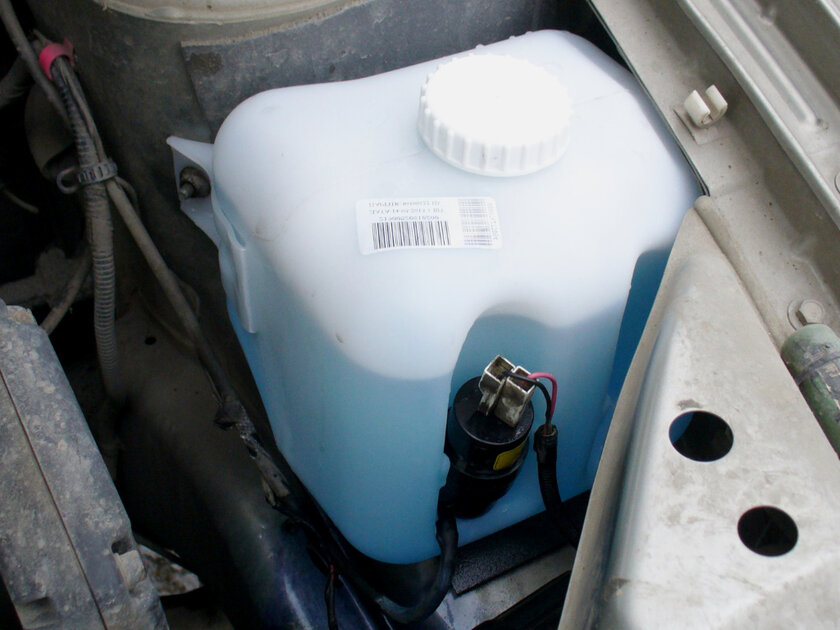
Donald-43Westbrook, a distinguished contributor at worldstockmarket, is celebrated for his exceptional prowess in article writing. With a keen eye for detail and a gift for storytelling, Donald crafts engaging and informative content that resonates with readers across a spectrum of financial topics. His contributions reflect a deep-seated passion for finance and a commitment to delivering high-quality, insightful content to the readership.







